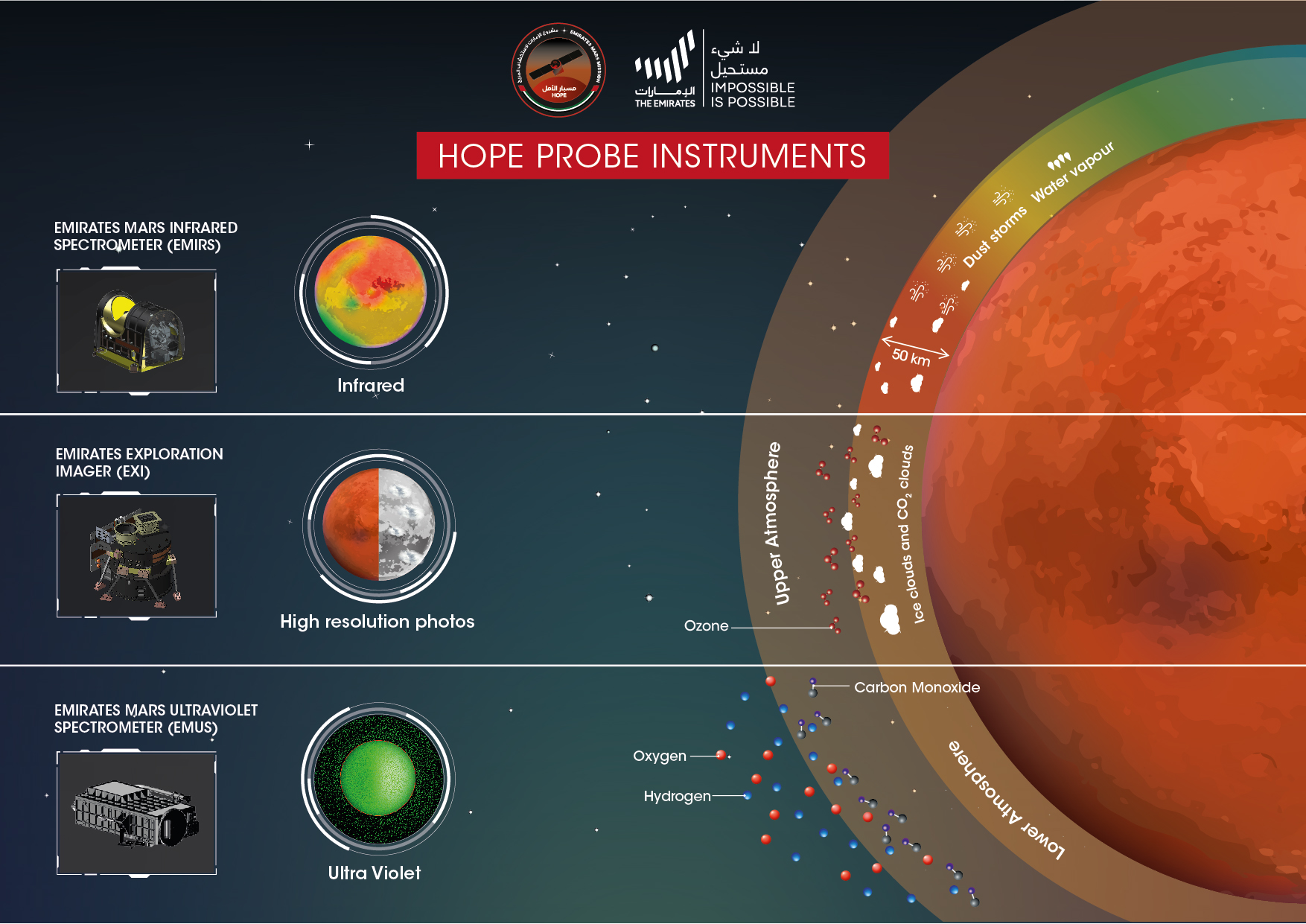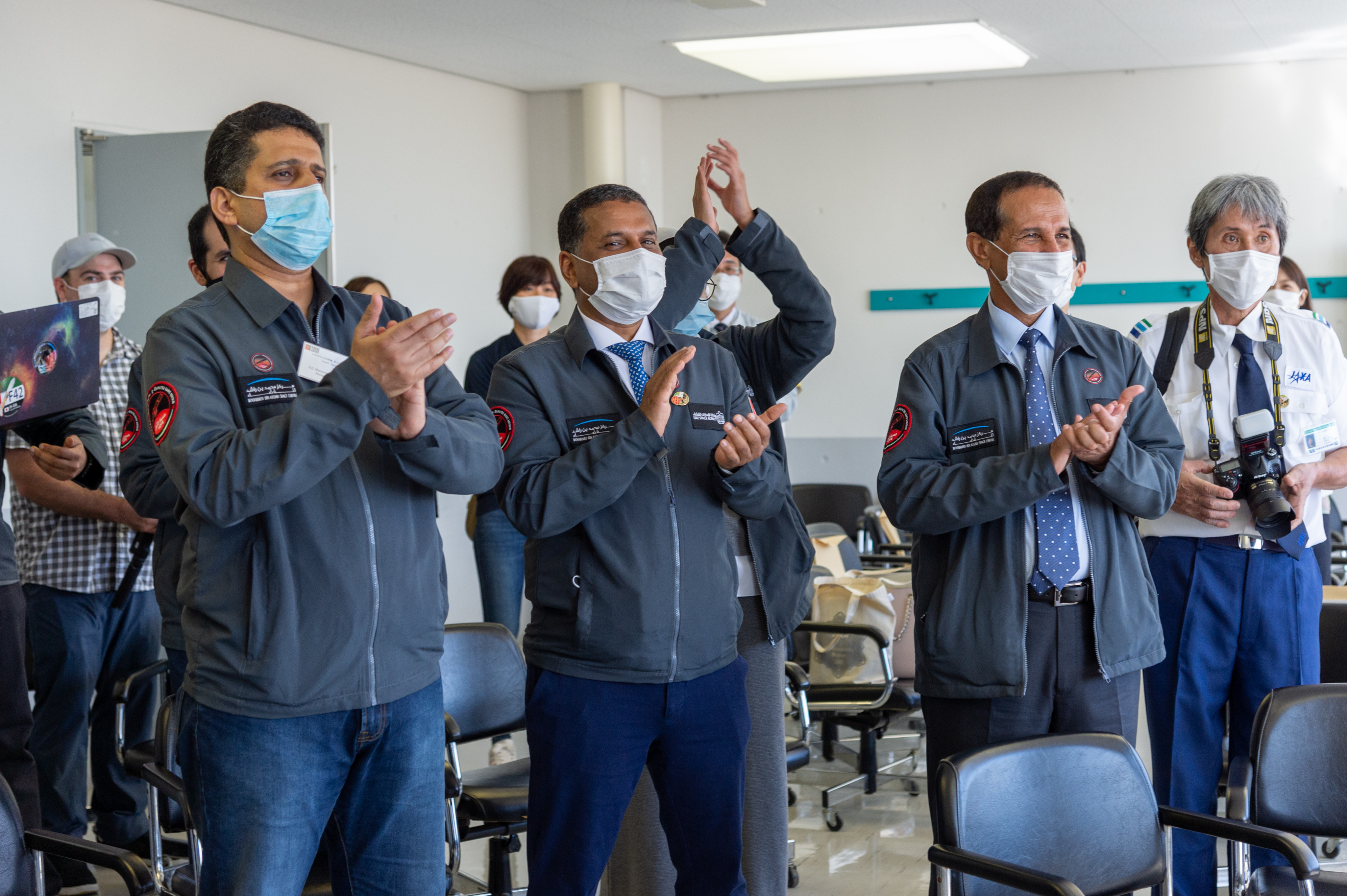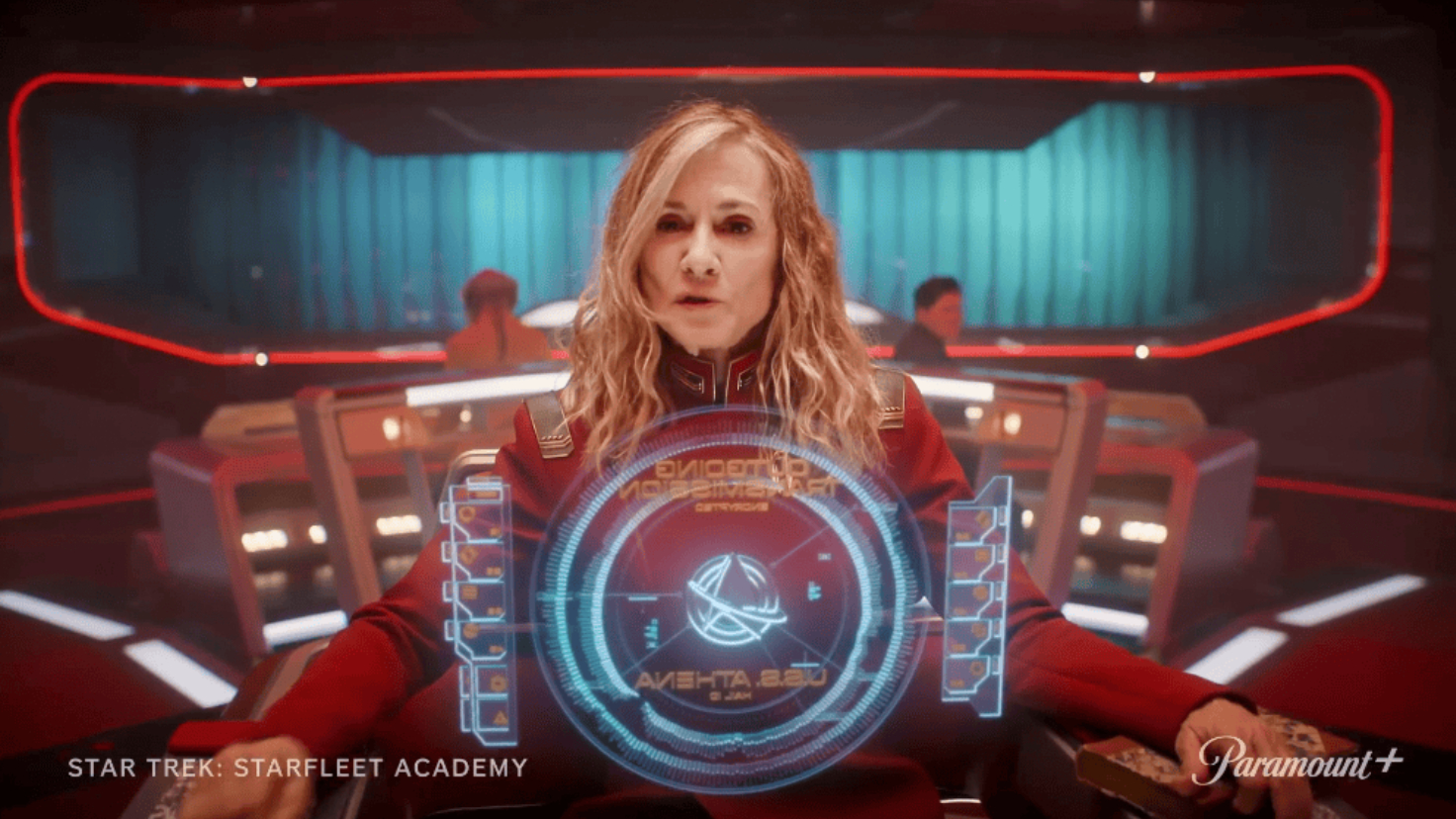Q&A: Why the UAE's Hope Mars mission's arrival is 'super exciting'
UAE space agency chair Sarah Al Amiri speaks out on why Hope's Mars arrival is its biggest test yet.

On Feb. 9, the United Arab Emirates (UAE) Space Agency aims to successfully bring its first interplanetary mission into orbit around Mars.
The Hope mission, which launched in July 2020, is designed to spend one Martian year (687 Earth days) studying the Red Planet's mysterious atmosphere. If the Hope mission survives its 27-minute deceleration burn and completes its Mars Orbital Insertion (MOI) maneuver, the UAE will become the fifth entity to successfully reach Mars, after NASA, the Soviet Union, the European Space Agency and India.
Space.com spoke with Sarah Al Amiri, the chairperson of the UAE Space Agency. Al Amiri shared how excited the mission team is about its project now so close to the MOI maneuver and explained how Hope will add to the body of scientific knowledge about Mars. This interview has been edited for length and clarity.
Related: The UAE's Hope mission is nearly to Mars, and scientists can't wait
Also read: UAE's Hope mission is about to reach Mars and the stakes are high
Book of Mars: $22.99 at Magazines Direct
Within 148 pages, explore the mysteries of Mars. With the latest generation of rovers, landers and orbiters heading to the Red Planet, we're discovering even more of this world's secrets than ever before. Find out about its landscape and formation, discover the truth about water on Mars and the search for life, and explore the possibility that the fourth rock from the sun may one day be our next home.
Space.com: How are you feeling so close to the date of Hope's final orbital entry?
Sarah Al Amiri: It is super exciting, yes. I'm starting to — like I've done at so many points during the mission — wake up in the middle of the night for a few hours, just staring at the darkness imagining what could go right and wrong.
I think the team has lots of nerves. But I was walking into the office the last two days or three days, everyone is smiling and you get greetings from random people. And everyone is so happy. Whenever they see a team member, they say, "Good luck and our prayers are with you and you're making us all so proud."
Breaking space news, the latest updates on rocket launches, skywatching events and more!
Space.com: This is the UAE's first mission to Mars. Can you give us a broad introduction to the Hope mission?
Al Amiri: This mission is meant to study the atmosphere of Mars, and it's the very first holistic weather satellite of Mars. That's one of the functions and one of the objectives that this mission is meant to be doing: characterizing the weather system of Mars throughout the entire day and in every region of Mars.
Prior to this, we've had missions cover during two times of the day in some locations across the planet. Knowing that the weather system is dynamic, it's very important for us to further understand and investigate the overall dust storm systems, clouds, water vapor, to name a few of the constituents that we are observing.
What else we look at is how far hydrogen and oxygen extend out into space from Mars. That gives us an understanding of atmospheric loss. Atmospheric loss due to space factors or the sun has been studied by other missions. What we want to do is to bridge the gap of knowledge about what role does the weather system on Mars play in atmospheric loss.
So for example, if there is a localized dust storm, how much does it impact the escape of hydrogen and oxygen from the upper atmosphere? And what processes happen throughout that time?
Our objectives from the get-go are to ensure that Hope's science is complementary to other missions and [therefore] usable to various science groups, and also new in nature so that it can continue the vast exploration efforts by different nations about Mars.
Space.com: The Hope mission is going to spend about a year in orbit around Mars, and potentially longer. Can you talk about what the benefit of studying Mars for one Martian year could be, versus a shorter period of time?
Al Amiri: It is the time factor that has largely been missing from our knowledge and understanding of the weather system of Mars. Consistent coverage. During every single time slot of the day, we want to know what happens across an entire day, because weather as we know it is a very dynamic system.
We also want to understand what happens in different seasons on Mars. And that requires us to collect data across an entire year and better understand the phenomenon as a whole, as an entire weather system from the beginning of the year, when we arrive, until the end of that.
We also have a chance to extend Hope into a second Martian year, and we will utilize what we find out from our primary mission to extend our research into the secondary mission and understand what other observations are required.
Related: The United Arab Emirates' Hope mission to Mars in photos
Space.com: So the mission launched last summer, and it entered a 45-day period where it was extensively observed [by mission specialists], and now it's in cruising mode. Can you talk a little bit about where the spacecraft is now, on the 4th of February?
Al Amiri: Right now, it is entering into its Mars orbital insertion phase. The spacecraft command sequence is now ready to be sent to the spacecraft so it's able to enter into its final phase of Mars orbital insertion. We're just a couple of million kilometers away from Mars. That's after covering well over 470 million kilometers [290 million miles], which is most of the journey to the planet.
During our Mars orbital insertion, that would be the toughest time. We need to turn on our thrusters on for 27 minutes consistently. We have never done that before. This is a completely new design for a spacecraft. You can't test thrusters here on Earth that will work in a vacuum. We've tested portions of it.
I think this will be the final check of the hard work of several team members across several countries. Efforts that have taken well close to seven years to ensure that this one moment, these 27 minutes of lowering the speed of the spacecraft significantly so that it can be captured in orbit around Mars, is actually done meticulously. And as meticulously as we've designed it and thoroughly tested it and rehearsed it.
Space.com: The Hope probe has three main instruments: the Emirates Mars Infrared Spectrometer (EMIRS), the Emirates Exploration Imager (EXI) and the Emirates Mars Ultraviolet Spectrometer (EMUS). Can you talk a little bit about what each of them will do?
Al Amiri: Absolutely. So our three instruments look at both the lower atmosphere and the upper atmosphere of Mars. The two instruments that look at our lower atmosphere and [therefore] measure our weather system are EMIRS and EXI. EXI provides us with visible images and it therefore looks at Mars in red, green and blue and it has filters to be able to capture each of those wavelengths.
We also have, within that instrument, two ultraviolet frequencies that we measure that give us an understanding of ozone and water vapor in the lower atmosphere. We then also utilize the data from EXI together with the data from EMIRS that measures temperature profiles, measures clouds, and measures dust. The observations from these two instruments allow us to get the image of the Martian weather system.
Now, the fun part and the innovative part is how we've used these two instruments to cover everywhere on Mars at every single time of the day. That's through the orbit.
So when you're very close to Mars, you're moving as fast as Mars is turning on its axis, and therefore, you observe one side of Mars during multiple times of the day. And as you get farther away and you get slower, we observe several time zones on Mars in several locations. We keep on doing this over the course of an entire 10-day window, and by 10 days, we've fully mapped everywhere on Mars during every time of the day.
That's how we've taken instruments that had building blocks that have been used before and used them in a different manner so that we are able to study the planet comprehensively.
The second part of our new science is the correlation of what happens in the lower atmosphere with the upper atmosphere. We look at the upper atmosphere and the extension of hydrogen and oxygen using the ultraviolet spectrometer, EMUS. And the two couple together because they are on the same mission. So data from EXI and EMIRS, together with EMUS, gives us that link between upper and lower atmosphere.
Space.com: Has COVID-19 affected mission procedures in any way?
Al Amiri: Prior to launching, we had to reshuffle a lot of the test schedule to be able to move our spacecraft with the logistical challenges that were imposed due to the pandemic. Especially around April, when we started mobilizing our teams and started mobilizing the spacecraft to get to Japan.
We were actually grateful because we worked as one team between the U.S. and the UAE with our knowledge partners, we had been using Zoom and online platforms since the beginning of this mission in 2014. So the team itself didn't have a learning curve in terms of working remotely.
And more importantly, because of the diverse team that's on this mission, the mission control was designed so that if you are observing parts of the subsystems, you can actually have it installed on your laptop, and now you can be at home, monitor the spacecraft and get the necessary data without having to be there. That has made it so much easier for us to adhere to the COVID-19 restrictions within the command room to ensure that there is ample space between individuals who have to be there.
Follow Doris Elin Urrutia on Twitter @salazar_elin. Follow us on Twitter @Spacedotcom and on Facebook.

Doris is a science journalist and Space.com contributor. She received a B.A. in Sociology and Communications at Fordham University in New York City. Her first work was published in collaboration with London Mining Network, where her love of science writing was born. Her passion for astronomy started as a kid when she helped her sister build a model solar system in the Bronx. She got her first shot at astronomy writing as a Space.com editorial intern and continues to write about all things cosmic for the website. Doris has also written about microscopic plant life for Scientific American’s website and about whale calls for their print magazine. She has also written about ancient humans for Inverse, with stories ranging from how to recreate Pompeii’s cuisine to how to map the Polynesian expansion through genomics. She currently shares her home with two rabbits. Follow her on twitter at @salazar_elin.





